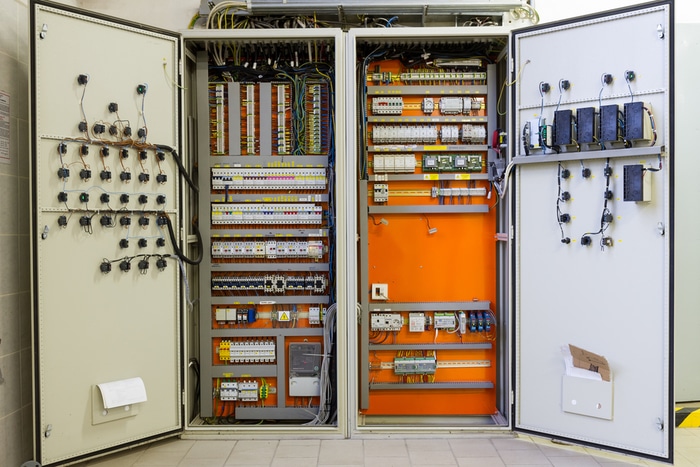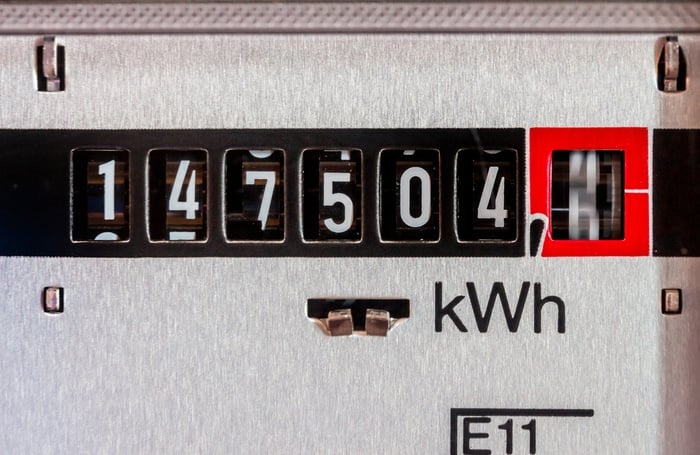Are you trying to figure out the main differences between 110v and 220v mini splits?
You’re in good company! This might not be something that every AC owner wonders about daily, but it certainly is a common question among many users.
Getting the right mini split size for your home’s needs is crucial, as this will not only yield the best results, but also save you a lot of money in utilities every month.
This is why I’ve prepared the piece below, where you’ll find a ton of useful information explaining the main differences between both variants, and other content you might find interesting.
When comparing 110v vs 220v mini splits, it’s crucial to consider installation costs, performance, and efficiency. These 3 elements can go a long way in helping you better understand which variant is for you.
Keep reading to make the right choice!
#1 Installation Costs
There are many differences between 110v and 220v mini split units, most of which can be found in terms of BTU capacity, running costs, and of course, installation requirements.
Depending on how well-versed you are in terms of HVAC, you might already know what I’m going to say in this section. But if you’re not, or if you’re simply curious, please read on.

Typically, 110v mini splits are much easier and cheaper to install than their 220v counterparts, and this is mainly due to the specifications of each one. You see, the former can be plugged directly into any of your home’s wall outlets, whereas the latter will need to go into the electrical panel, where your circuit breakers are.
In America, the average wall outlet is rated to provide a steady supply of 120v, which matches the 110v unit perfectly, but it falls short when trying to power the 220v alternative. That being said, if you’re in Europe, where most outlets normally go up to 220v, you should theoretically be able to plug your 220v mini split directly into the wall too.
However, if this is not your case, the 220v appliance will have additional costs, as you’ll need an electrician to do all the wiring and connect the machine to your electrical panel properly.
So, if you’re not willing to pay extra to have your appliance installed (other than the unavoidable costs, of course), the 110v variant is your best bet.
#2 Performance
Next, let’s talk about how each mini split variant performs.
To measure this, usually, a combination of factors is required, but the most efficient way to tell is by considering the BTUs (British Thermal Units) of each model. In case you’re not familiar with the term, the textbook definition is: “The amount of heat needed to raise one pound of water at maximum density through one degree Fahrenheit”.

BTUs are commonly used in many household appliances to let buyers know how much cooling or heating capacity they have. The higher the BTU count, the larger the capacity.
Typically, 110v mini splits will max out at around 12,000 BTUs, whereas 220v alternatives can go much higher. Depending on the size of the home or area you’re trying to heat/cool, you might be able to get the results you want by getting the smaller machine. But if you’re looking for the ultimate temperature-regulating experience, 220v is the way to go.
Note: To accurately calculate the BTUs you need for a specific area, please use this formula: (desired temperature change) x (cubic feet of space) x (.133). This calculation will give you the approximate BTUs required per hour to get the results you want.
For example, if you want to raise the temperature by 20 degrees within a 1000 cubic feet area, you’ll need 2,660 BTUs per hour.
#3 Efficiency
Believe it or not, if kept operating at similar settings, 220v mini split units are more efficient than their 110v counterparts.
How so? I’m glad to explain!
Let’s assume that you have two mini split units (one is 110v, and the other is 220v), both with a maximum capacity of 12,000 BTUs. When running both appliances at max settings, the 220v unit will draw slightly less power than the 110v one, and this is mainly due to each machine’s amperage.

That being said, this isn’t always the case. As I mentioned earlier, typically, 110v units can only go up to 12,000 BTUs, whereas their 220v counterparts can go much higher. If you buy a 220v variant with higher BTU ratings, using it at full power will directly translate into more power consumption while the appliance is on.
So yes, while both mini splits can yield similar results by using almost the same amount of power, 220v units won’t have to work as hard to keep up and maintain the temperatures in your home to your liking. This makes them much more efficient, and likely quieter in the event that you do not push them too hard.
Conclusion
That about covers it!
Wondering whether to buy a 110v or a 220v mini split is only natural. After all, you want the biggest bang for your buck in terms of results, efficiency, and installation costs.
I hope this piece has helped you better understand the main differences between each one in these regards, and how to choose the right one for you. More often than not, a 110v unit is all you need unless your home is massive or have very specific requirements.
Thank you very much for sticking with me all the way to the end. If this article piqued your interest and answered all your questions, you’ll be happy to know that there’s much more content you can keep learning from below.
I wish you nothing but the best.
— Craig.




